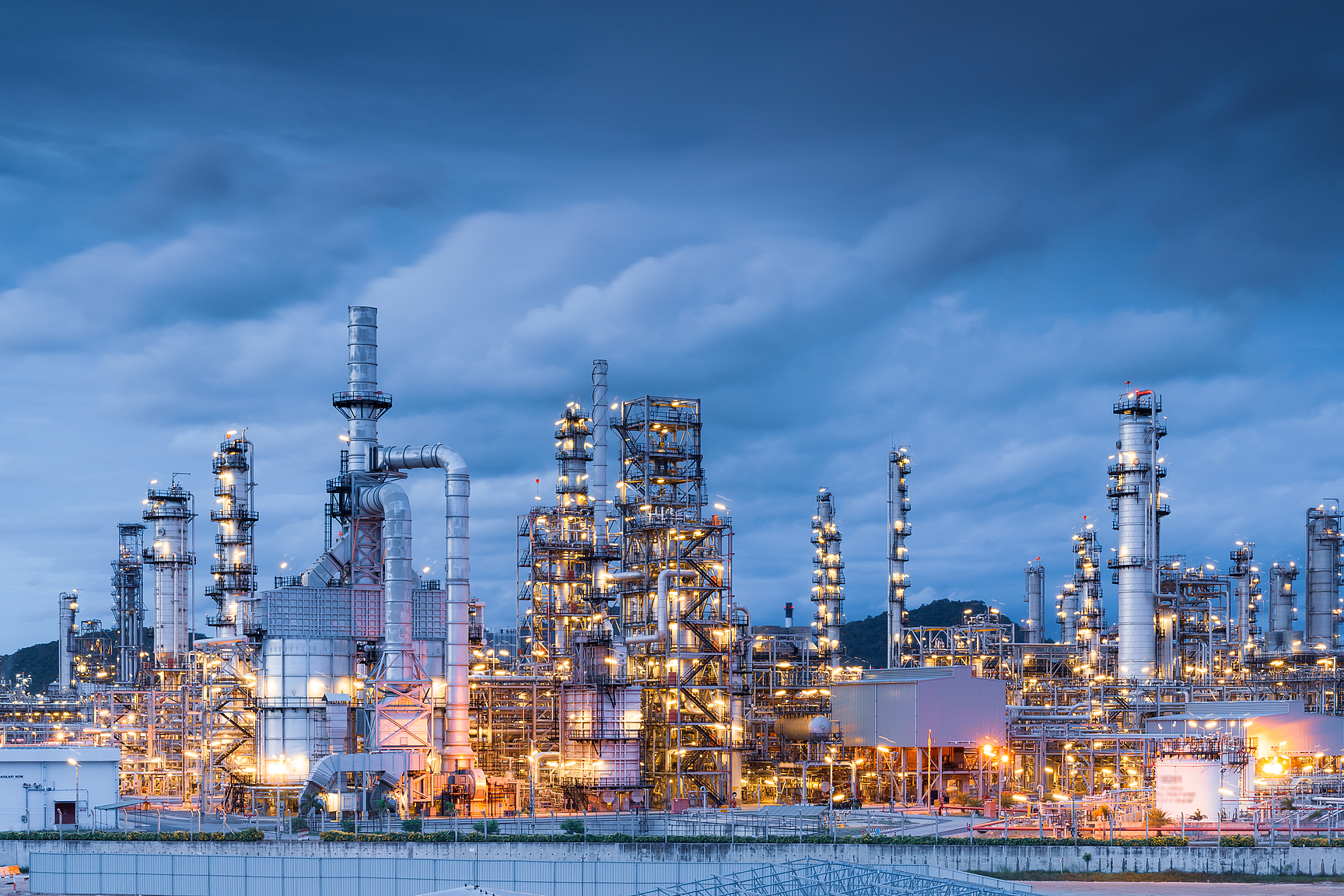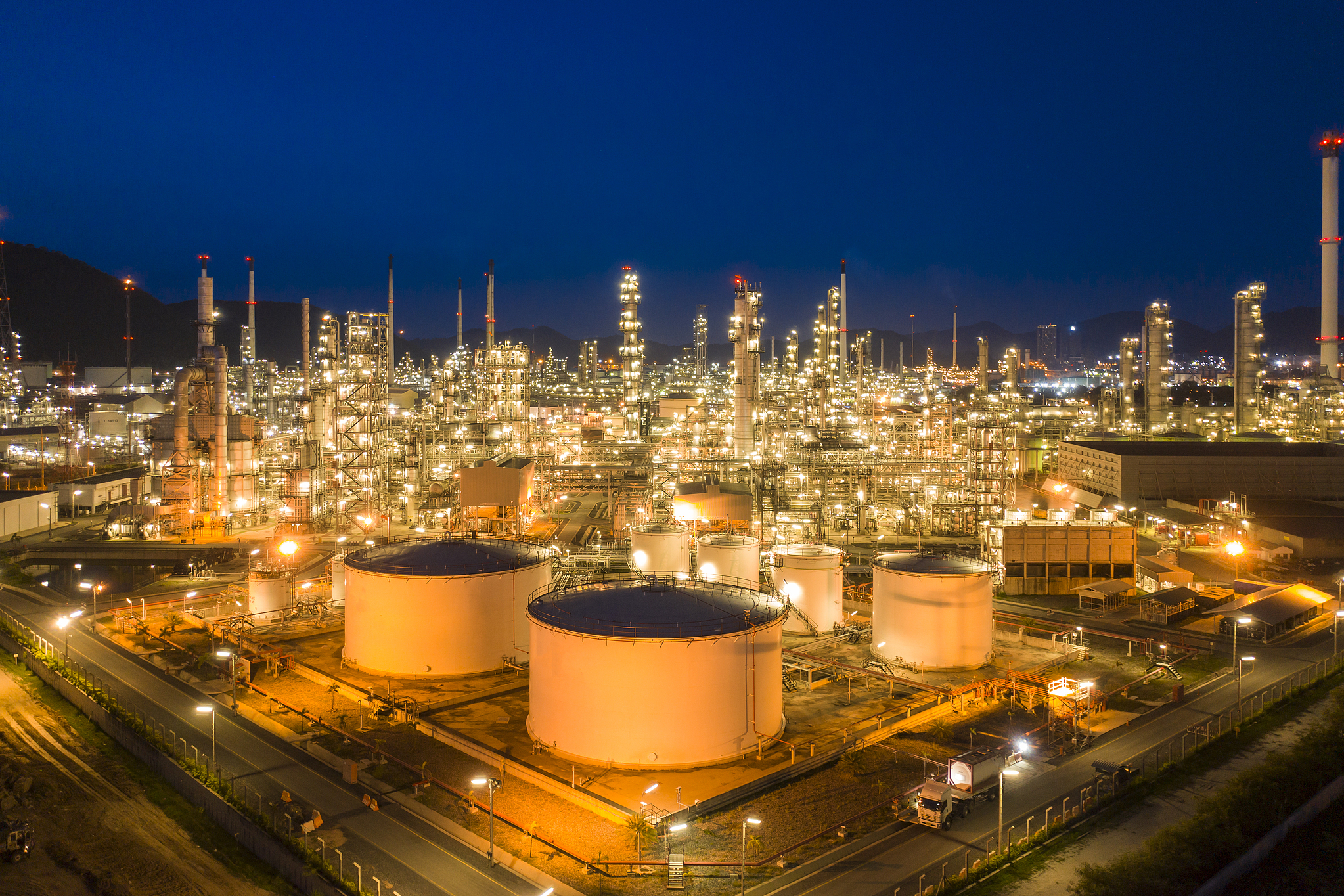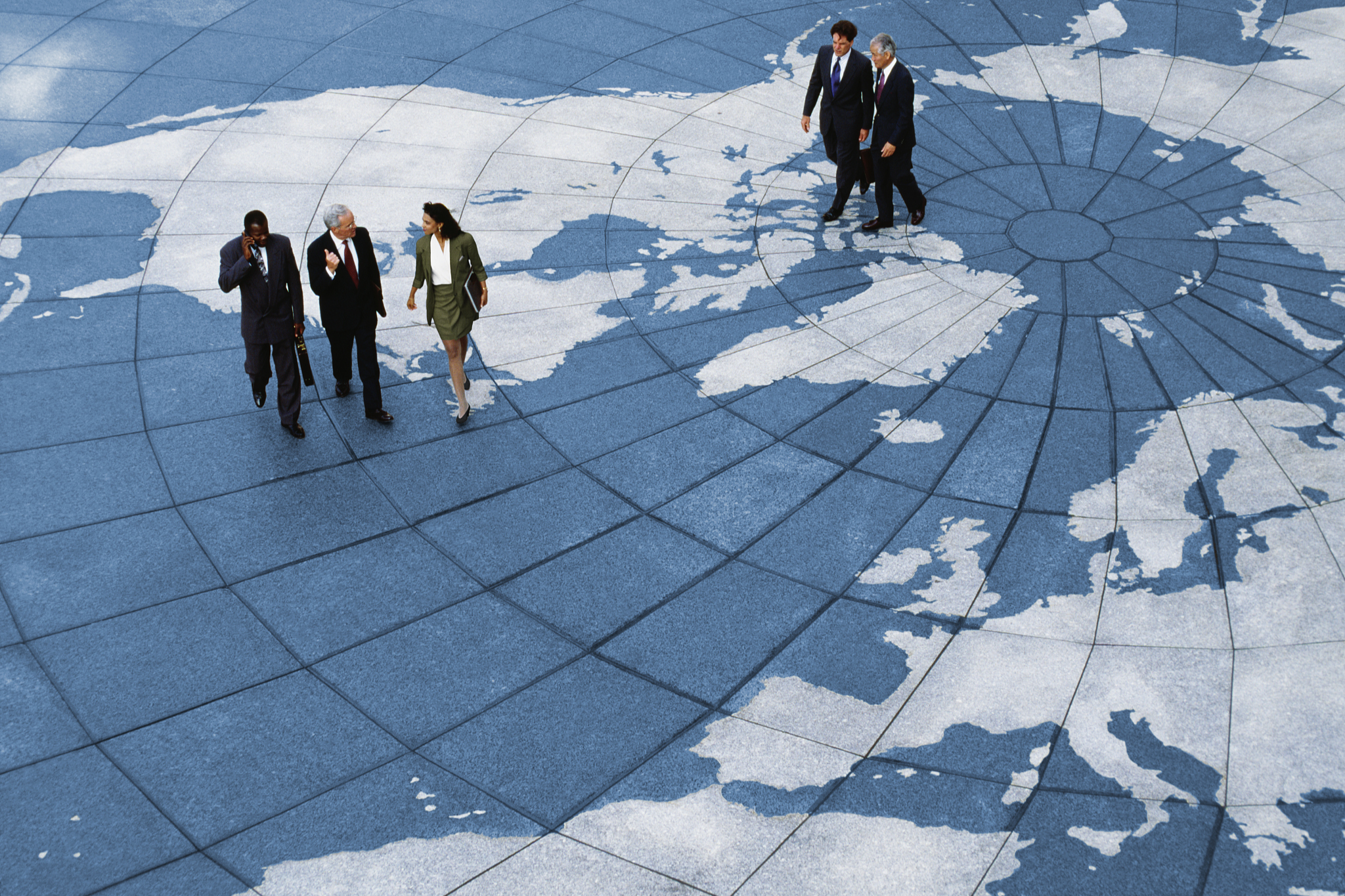











The manufacturing world has seen a big shift with high performance plastics and resins becoming game changers in many different areas including cars, planes, electronic gadgets, and even medical equipment. These new materials can handle extreme situations better than older options because they don't break down as easily when exposed to heat, chemicals, or physical stress. What makes these polymers really stand out though is how light they are while still being super strong. Companies save money during production processes since these materials work well with existing machinery. Plus there's growing interest in their eco friendliness compared to metal alternatives. If factories want to keep up with what customers need now and in the future, keeping tabs on how these plastic formulas continue to evolve isn't just smart business it's practically necessary for survival in this fast changing market.
The polymer engineering field is currently seeing a major move towards materials capable of handling both extreme heat and fire hazards. With cars getting smaller yet more powerful engines, and electronics packing ever more components into tighter spaces, there's growing demand for plastics that won't melt or catch fire easily. Recent breakthroughs in polymer chemistry have produced new formulations that maintain structural integrity at much higher temperatures than traditional materials, plus they perform better when exposed to flames. These advancements let companies comply with strict international safety regulations while keeping their products safe for consumers, particularly important in areas where equipment runs hot all day long. We're already seeing these specialized polymers show up everywhere from car dashboards and seats to electric vehicle battery casings, printed circuit boards inside smartphones, and industrial machinery parts that operate under constant heat stress.
Lighter materials that still perform well are becoming essential across many industries today, particularly where transportation matters most like cars, planes, and even our everyday gadgets. New polymer materials actually work pretty well compared to traditional metals but weigh way less on the scale. Companies are finding these plastics cut down on fuel costs while saving money overall and giving designers more freedom to create what they want. Take thermoplastics for example they mold really nicely into all sorts of complicated shapes without needing so many manufacturing steps. This means faster assembly lines and less scrap material going to waste. Plus, these materials hold up against impacts and maintain their shape under stress, which makes them good candidates for parts that need to bear weight or form structural components in future product designs.
Polymers used across oil and gas operations, chemical plants, and medical facilities face daily battles against corrosive chemicals and harsh environments. Modern plastic materials have been engineered with special additives and unique molecular structures that make them stand up better against acids, bases, cleaning agents, and industrial solvents. These improvements mean parts last much longer before needing replacement, which cuts down on unexpected breakdowns and saves money on repairs over time. For companies operating under strict regulations, this kind of chemical resistance becomes critical for maintaining safety protocols and passing inspections. Manufacturers can sleep easier knowing their products will perform reliably even when exposed to extreme conditions day after day.
The sustainability angle has become pretty central to what's happening with polymer innovations these days. Environmental rules keep getting tighter while customers want greener products than ever before. This has pushed companies to develop plastics from plant sources, stuff that can actually be recycled multiple times, and materials with much lower volatile organic compounds (VOCs). Many manufacturers now mix renewable ingredients with recycled materials when making their high performance polymers, which helps cut down on environmental damage. Water based formulas and completely solvent free options are also catching on because they produce fewer harmful emissions and make factory environments safer for workers. For businesses using these environmentally friendly alternatives, there's a real win-win situation going on here. They stay compliant with all those regulations while standing out in competitive markets like food packaging, household products, and construction materials for eco conscious buildings.
The push for customization has become really important in making high performance polymers these days. Companies are mixing all sorts of functional stuff into their base materials now. Think about things like UV protection additives, fire resistant compounds, static control agents, and various colors. These get blended just right so they work for whatever specific job the material needs to do. What this gives manufacturers is the ability to tackle those tricky engineering challenges. Sometimes they need better surface quality, other times improved conductivity, or maybe just stronger resistance against wear and tear from harsh environments. The real value shows up in industries that demand top notch performance. Take aerospace for instance, where even small improvements can mean big differences in safety and reliability. Polymers there have to pass strict tests while still working well during manufacturing processes.
The use of specialty intermediates in polymer formulation is becoming increasingly common as manufacturers look for ways to boost functionality while maintaining cost and processing efficiency. These intermediates help enhance key performance attributes, including:
Using these functional intermediates during formulation enables more precise performance tuning while supporting cost-effective, large-scale manufacturing.
High performance plastics and resins are moving forward through constant innovation, finding ways to balance what they can do with how green they are, how efficiently they process, and what they cost. We see improvements in things like heat resistance and chemical durability alongside new bio based options and customizable features. These changes in polymer formulas show exactly what industries around the world need right now. Companies willing to adopt these advances while incorporating specialty intermediates into their processes stand a good chance of creating materials that actually work for both tough technical specs and environmental standards. With products getting more complicated day by day and competition heating up globally, polymer formulations that perform well under pressure will keep driving progress across manufacturing sectors.
 Hot News
Hot News2025-07-25
2025-06-16
2025-04-07
2025-04-07
2025-04-07
2025-12-03

